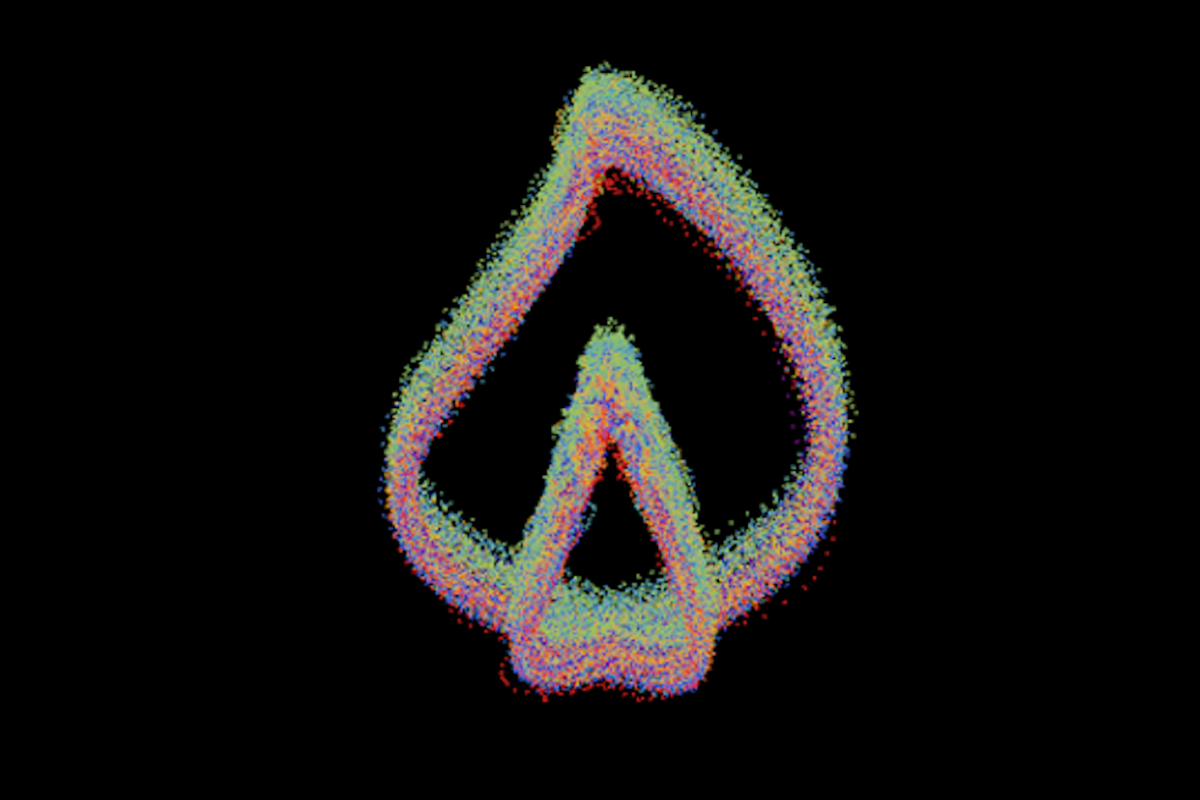Researchers have created a record-breaking "time crystal"—a bizarre phenomenon that sounds as if it came straight out of science fiction.
A team from Germany's Technical University of Dortmund successfully demonstrated a type of time crystal that "lived" millions of times longer than any other of its kind observed to date, according to a study published in the journal Nature Physics.
Traditional crystals—the ones that most people are familiar with—are solids whose atoms are arranged in a highly ordered repeating pattern. Examples of large crystals include snowflakes, diamonds and table salt. These crystals can be thought of as crystals in the dimension of space, or spatial crystals. They form through the self-organization of atoms into regular structures in space.
But in 2012, Frank Wilczek, a Nobel Prize-winning physicist at the Massachusetts Institute of Technology, postulated that in addition to crystals in space there could be crystals in time.

After all, the theory of special relativity in physics, developed by Albert Einstein, posits that space and time are intertwined.
Wilczek hypothesized that instead of having a repeating structure in space, time crystals would, as time passes, show repeating changes of state.
"Wilczek's idea initiated the hunt for time crystals, with scientists conducting 'excavations' to find systems behaving like time crystals," Krzysztof Sacha, a researcher with the Institute of Theoretical Physics at Poland's Jagiellonian University, who was not involved in the latest study, told Newsweek.
"Time crystals are phenomena occurring in time but are realized in real systems that 'exist' in space, such as atoms," Sacha said.
The idea of time crystals has found its way into science fiction—albeit gifted with fantastic properties beyond those of their real-world counterparts. In recent seasons of Star Trek, for example, such crystals have been used to show USS Enterprise Captain Christopher Pike his own future and to take him to an alternate timeline. A time crystal also played a central role in the 2019 Marvel movie Avengers: Endgame.
In reality, the idea that such time crystals could be possible was the subject of controversial scientific debate for years. It wasn't until 2017 that the first creation of a real-time crystal was described in the scientific literature. Unlike Wilczek's original concept, however, these systems change state in beat with one tempo but also change to another twice as slow.
In 2022, researchers succeeded in producing a so-called time independent crystal—one whose changes followed a constant pattern—but it lasted for only a few milliseconds.
However, in the latest study the Dortmund scientists managed to produce a highly durable, time independent crystal with a lifetime of at least 40 minutes—around 10 million times longer than any others of its kind to date. And it could last for much longer, the scientists believe.
The time crystal in the Nature Physics study was realized in a specially prepared semiconductor—a type of material used to build transistors and computer processors.
"The key result is the realization of one type of time crystal that could operate for hours, which is immensely important for potential applications," Sacha said. "Currently, potential applications are a crucial aspect of time crystal research, and scientific investigations are moving in that direction."
To be able to use time crystals in practical applications, two things are necessary, according to Sacha. First, the realization of time crystals in experiments and control of them is required. Second, researchers must come up with "groundbreaking" ideas on how to use the crystals in practice.
"The experiment described in Nature Physics represents a significant step in the experimental realization and control of crystals," Sacha said. "Groundbreaking ideas for the practical use of time crystals may still be awaited. We hope that time crystals will not only be 'sparkles'—like diamonds in rings—that attract people but can also be used to build practical devices."
Do you have a tip on a science story that Newsweek should be covering? Do you have a question about physics? Let us know via science@newsweek.com.
Uncommon Knowledge
Newsweek is committed to challenging conventional wisdom and finding connections in the search for common ground.
Newsweek is committed to challenging conventional wisdom and finding connections in the search for common ground.
About the writer
Aristos is a Newsweek science reporter with the London, U.K., bureau. He reports on science and health topics, including; animal, ... Read more
To read how Newsweek uses AI as a newsroom tool, Click here.






